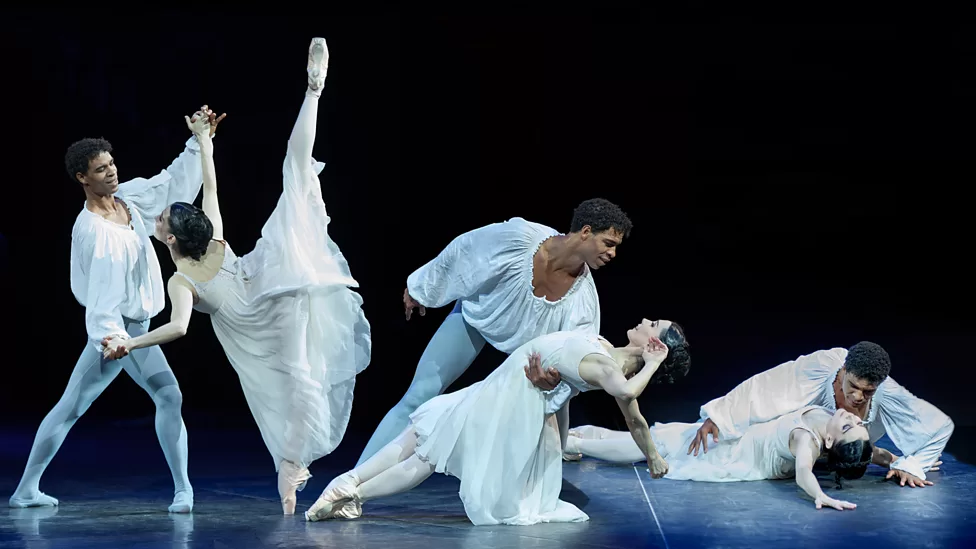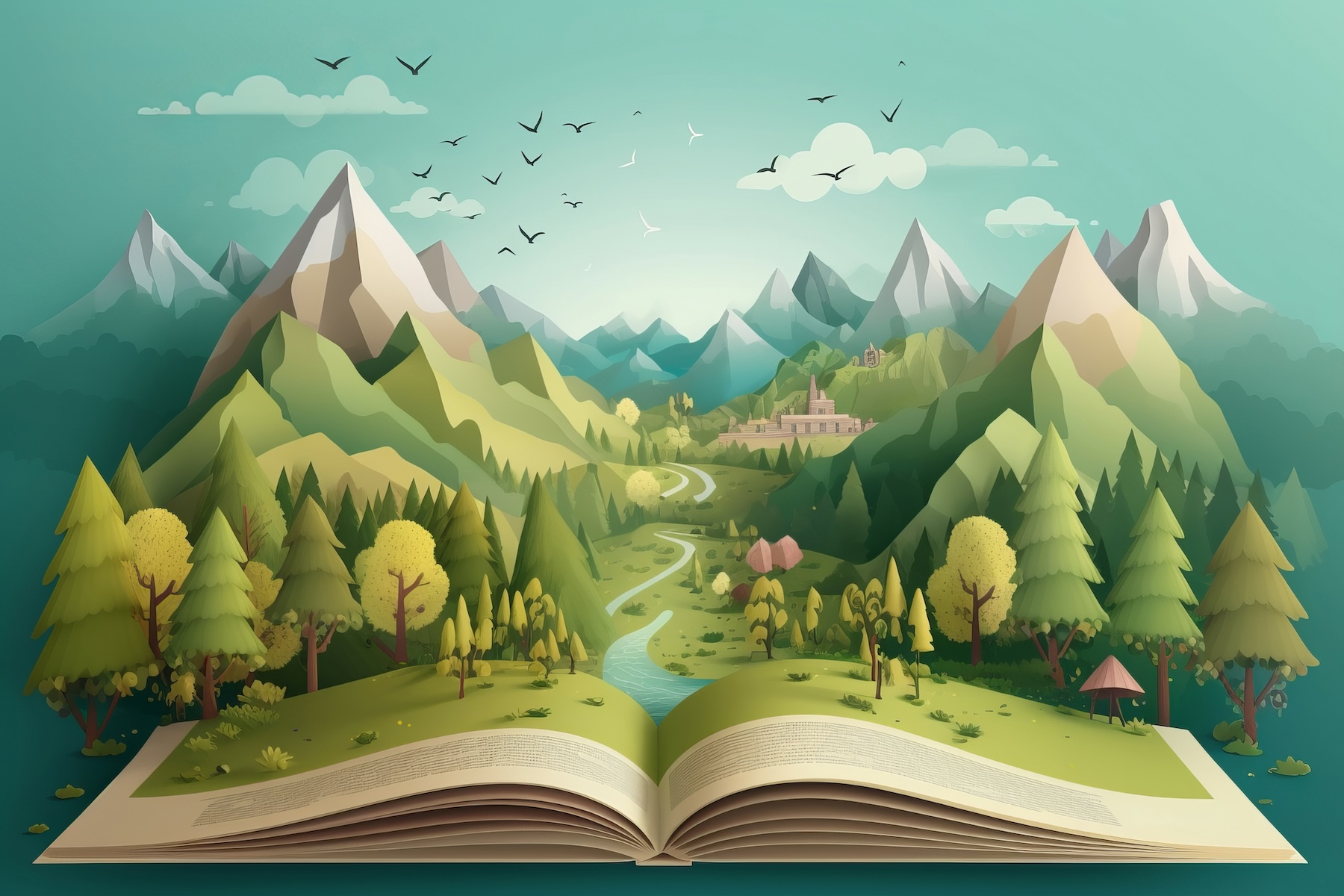Many authors write extensively about the art of storytelling. Indeed we ourselves have published a couple of articles on the importance of storytelling including visual storytelling and how to anchor a video project around a story. So why write again about story and storytelling?
Recently, we encountered an interesting BBC article titled ‘Every story in the world has one of these six basic plots‘ which has captivated us with its research on storytelling methods and the art of storytelling. Researchers have scientifically determined that all told stories fit into one of six distinct types they define.
The six types of storytelling
- Rags to riches (a steady rise from bad to good fortune) – story cited: The Divine Comedy (Dante Alighieri, 1308-1320)
- Riches to rags (a fall from good to bad, a tragedy) – story cited: Madame Bovary (Gustave Flaubert, 1856)
- Icarus (a rise then a fall in fortune) – story cited: Romeo and Juliet (William Shakespeare, 1597)
- Oedipus (a fall, a rise then a fall again) – story cited: Frankenstein (Mary Shelley, 1818)
- Man in a hole (all, rise) or Cinderella (rise, fall, rise) – story cited: Pride and Prejudice (Jane Austen, 1813)
- Complex (fall, rise, multiple) – story cited: The Ugly Duckling (Hans Christian Andersen, 1843)
We pride ourselves in being able to tell a good story and a good story on behalf of our customers. Also, we realize this research absolutely makes sense and we can place our stories within any of these types. So while the specifics of the story may be original, how you tell it (and tell it well) isn’t as original as perhaps you might hope.
If you’re a storyteller, we highly recommend you read this article and if you have time, tell us what you think!







